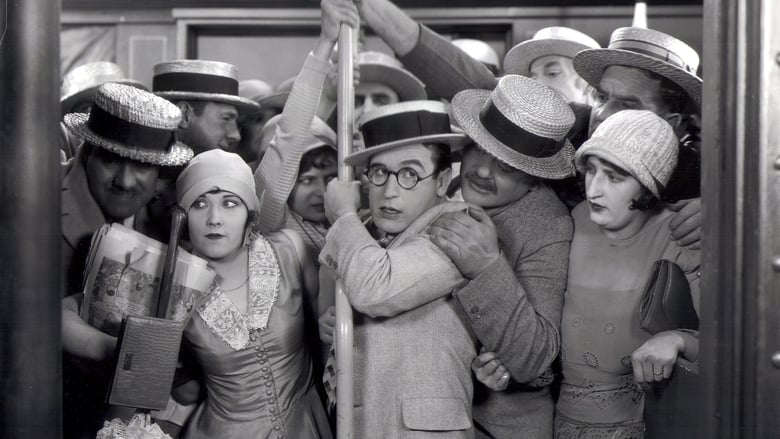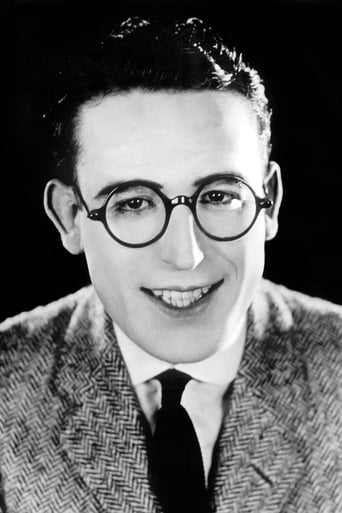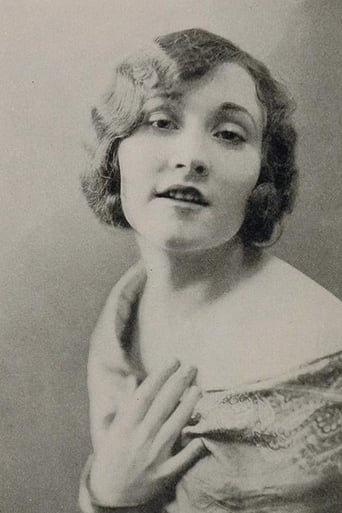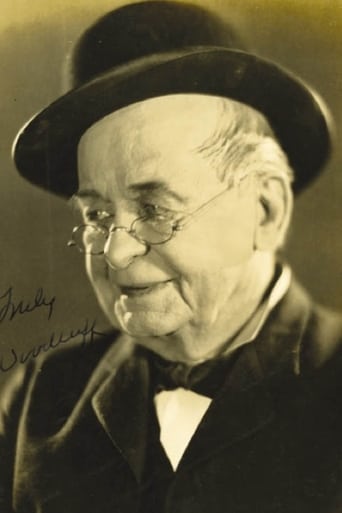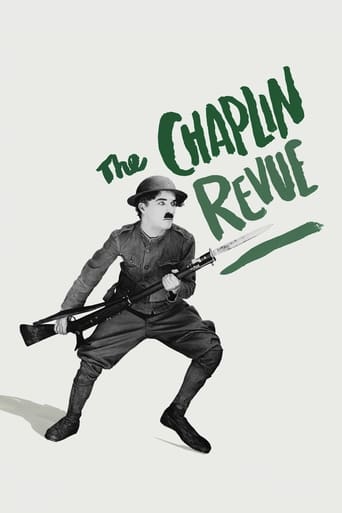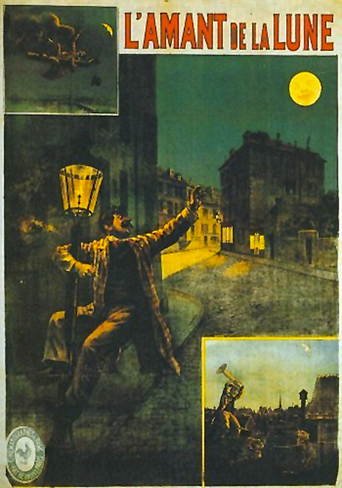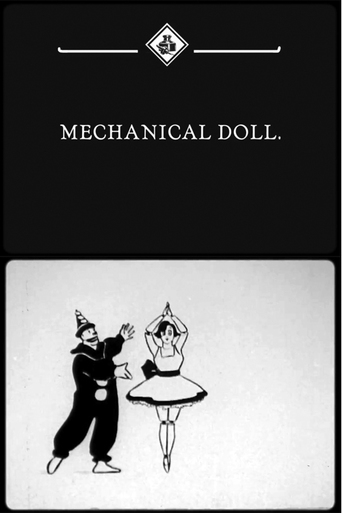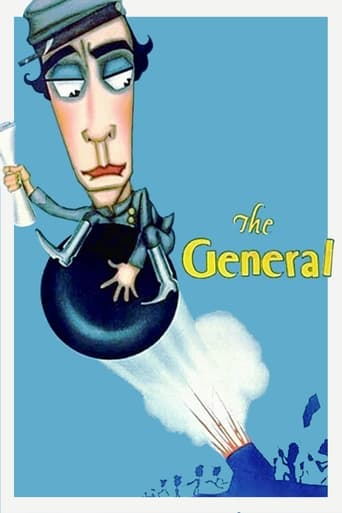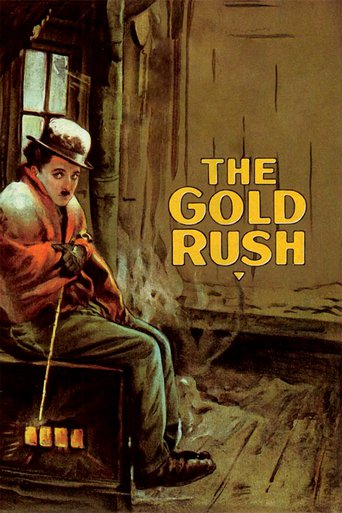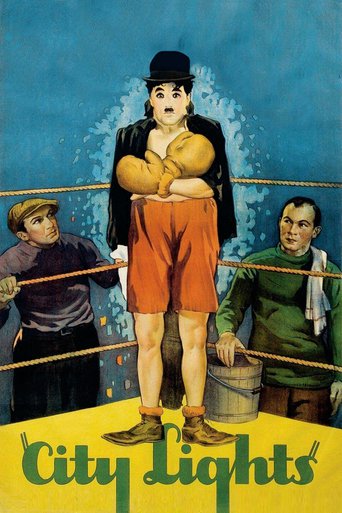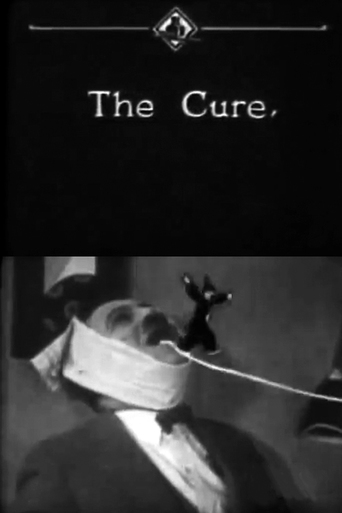Speedy (1928)
Speedy loses his job as a soda jerk, then spends the day with his girl at Coney Island. He then becomes a cab driver and delivers Babe Ruth to Yankee Stadium, where he stays to see the game. When the railroad tries to run the last horse-drawn trolley (operated by his girl's grandfather) out of business, Speedy organizes the neighborhood old-timers to thwart their scheme.
Watch Trailer
Free Trial Channels
Cast


Similar titles
Reviews
good film but with many flaws
Fantastic!
Excellent, Without a doubt!!
The movie's not perfect, but it sticks the landing of its message. It was engaging - thrilling at times - and I personally thought it was a great time.
Copyright 7 April 1928 by the Harold Lloyd Corporation. New York opening at the Rivoli: 6 April 1928. U.S. release: 7 April 1928. 7,776 feet. 87 minutes. COMMENT: Quite simply, the best comedy ever made, "Speedy" is a movie that has everything: sympathetic characters, a nice love story, a thrill-a-second chase climax, and some really outstanding gags. Add to that, Babe Ruth in person (the remarkably engaging Ruth emerges as quite an accomplished actor), superb location material of New York and Coney Island in 1928, an abundance of streetcars (I love movies about streetcars), an open-ended budget, and, above all, heart (an ingredient that so many modern films miss completely)!In the 1920s, even more than today, there was enormous pressure on film-makers to surpass their previous efforts. "Speedy" was Lloyd's remarkable answer to a constant succession of hits. Starting with Safety Last in 1923, Lloyd turned out Why Worry? (also 1923), Girl Shy (1924), Hot Water (also 1924), The Freshman (1925), For Heaven's Sake (1926), The Kid Brother (1927), and Speedy (1928). Alas, as it transpired, "Speedy" became both his biggest success and his last. Like his chief competitor, Chaplin, Lloyd was unable to make the transition to talkies, but whereas Chaplin wisely put off the evil day, Lloyd tackled talkies head on, until, years later, he was forced to retire, "bloody but unbowed."Why did a formula that worked so well in silent cinema fail to achieve the same success with sound? The obvious answer is that, despite a generous sprinkling of witty sub-titles that delighted the critics and the Park Avenue set, Lloyd's appeal to the masses was primarily visual. He didn't come up with an endless succession of wisecracks like Bob Hope; or bounce tried-and-true vaudeville routines with a dumb stooge like Abbott homing in on Costello; or make faces while he sang funny songs like Danny Kaye or George Formby; or possess a well-honed retinue of repetitive dialogue phrases like Jack Benny or Laurel and Hardy or The Crazy Gang."Speedy" was actually Harold Lloyd's nick-name in real life, so it's appropriate to find him using that name in this movie. He had used it before, of course, in "The Freshman". But this character was now an entirely different "Speedy".The carefully controlled pace of the movie and the ingenious way in which the leisurely opening sequences very gradually gather speed right up to the edge-of-the-seat climax, should serve as a lesson in perfect comedy construction.A few critics (presumably not baseball fans) have complained about Babe Ruth's presence in the movie. He's superfluous, they claim. In point of fact, he's essential to the plot, as it's in the Ruth scene that we first see another side of "Speedy", the never- mind-the- consequences, go-for-it daredevil. And thus we have a second inkling of what we hope will develop into a brilliant running gag. And this is exactly what it does! Frankly, despite obvious process work and under-cranking, I doubt very much if Speedy's street chases have ever been equaled, let alone surpassed. It would be impossible to remake the movie today, even with all the wizardry of computer animation, for less than $100 million. For sheer spectacle, "Speedy" is the number one comedy of all time. All the same, I wonder if there really were a few horse-drawn trolleys still in operation in some New York neighborhoods in 1928, as the film insists. Amazing!
We are so fortunate that this film among many of Lloyds films that had not been in release for many years has recently been restored to it's original glory. This is a well done light romantic comedy which is what Lloyd not only specialized in but nearly invented as a medium.While it covers new ground, it also covers stuff Lloyd has done before with the street cars. If you have seen Girl Shy, you will realize that a lot of the street car stuff was done in that movie too though that one has a stronger story than this one.Lloyd's soda jerk chasing the young girl of his dreams in the basic plot. The wonderful covering of the old New York City area including the original Coney Island rides makes this film historic. Keep in mind, this was filmed in 1927 & released in 1928. That means when Babe Ruth makes his appearance in this movie, he is having on of his great seasons with the 27 Yankees. He is hitting 60 home runs that season. It would be over 30 years before Roger Maris broke that mark in 1961.This film does have some of Lloyds clever humor.
038: Speedy (1928) - released 4/7/1928; viewed 2/24/06 The River Thames floods in London, drowning 14. The 1928 Winter Games open in Switzerland. Charles Lindburgh is presented the Medal of Honor for the first trans-Atlantic flight.BIRTHS: William Peter Blatty, David L. Wolper, Vidal Sassoon, Jeanne Moreau, Frank Frazetta, Fats Domino, Ariel Sharon, Gabriel Garcia Marquez. DEATHS: Thomas Hardy, Douglas Haig.KEVIN: I found our final silent Lloyd film to be kind of disappointing. I suppose that after all the films we've seen from Lloyd, the best was already behind us so the expectations were unfairly raised for the final film. In the scene where we first meet Harold Swift, he's working at the local bar and doing lots of tricks with the bottles and glasses that are quite impressive for a man with only eight fingers. After he's fired from that job, he immediately gets a job as a cab driver, where he proves to have the worst luck in the world dealing with his fares and the cops. It was also nice to see Coney Island in the late 1920's, and a cameo by Babe Ruth, who shows that it was easier to do celebrity cameos during the silent era when acting and saying lines wasn't really a problem (and keep in mind, the word "cameo" wasn't used in that way until Around the World in 80 Days). During the chase across town in Girl Shy, I very much hoped that Speedy would measure up to that level of comic grandeur, but sadly the climax of this film, where he has to save his girlfriend's grandpa's horse-and-cart trolley business, fell far short of expectations. That, and I miss Jobyna Ralston.DOUG: Our last Harold Lloyd film, Speedy (which rests comfortably between Chaplin's The Circus and Keaton's Steamboat Bill Jr.) was unfortunately not my favorite. While there were some very good bits of business (a crab in Harold's coat pocket causes trouble for anyone near him), the overall film just isn't as entertaining as, say, Kid Brother. What this film does give us is a look at Coney Island in 1928, not to mention a cameo from Babe Ruth. All films are also documentaries of the time they were made in, after all. Our hero, Speedy, initially seems perfectly fine with losing one job after another after only a day's work, so at first he seems downright irresponsible and careless. After messing up a delivery, he doesn't even bother to return before grabbing a newspaper and looking through the want-ads. The trip to Coney Island (I'm surprised he'd saved enough money for such a trip, but if he could do it in The Freshman, he can do it here) has some very good gags, some involving Harold's new suit getting dirty, some involving a dog, and some with the aforementioned crab. Later, though, Harold has to show his stuff when he must rescue his girlfriend's grandpa's horse-drawn trolley-car from evil gangsters who want to run it into the ground. The finale chase scene is pretty cool, particularly an unplanned accident where Harold crashes the trolley into an L-Train support, and must improvise by replacing the broken wheel with a sewer cover. Ann Christy is Harold's new girl, and just doesn't quite fill the void left by Jobyna Ralston. Looking at the timeline, it is worth noting that in the year after The Jazz Singer introduced sound into movies, the three masters of silent comedy (Chaplin, Keaton, and Lloyd) were all still doing excellent work (The Circus, Steamboat Bill Jr., Speedy).Last film viewed: The Kid Brother (1927). Last film chronologically: The Circus (1928). Next film viewed: Anna Christie (1930). Next film chronologically: The Passion of Joan of Arc (1928).The Movie Odyssey is an exhaustive, chronological project where we watch as many milestone films as possible, starting with D.W. Griffith's Intolerance in 1916 and working our way through, year by year, one film at a time. We also write a short review for each and every film. In this project, we hope to gain a deeper understanding of the time period, the films of the era, and each film in context, while at the same time just watching a lot of great movies, most of which we never would have watched otherwise.
This is simply a wonderful film and is among the greatest films of Harold Lloyd's career. Unfortunately, it was also the last silent film he made, as 1928 was a transition year in Hollywood--with a decent number of sound pictures being produced. By 1929, just about all the movies they made were talkies.Harold is a well-meaning guy who just can't seem to hold down a job. Despite this, he takes his girl to Coney Island for an outing. While this segment of the film doesn't have a lot to do with the plot, I really enjoyed it because it gave an excellent view of Coney Island of 1928--with all the amazing old rides.Another segment that really didn't relate to the overall plot was his brief run-in with Babe Ruth. He rushes him to the ballgame and gets to watch some of the game. Like the Coney sequence, this is a wonderful historical curio, as you get to see The Babe and Yankee stadium.The girl's father owns a very old-fashioned non-electric trolley line in a small township in New York City. A big transit company is trying to buy him out, but he really wants to keep his business going. However, the scumbags at the big company figure out a loophole--if the small trolley line fails to operate for 24 or more hours, the contract is canceled and the big guys can steal the trolley line. So, they order a group of thugs to steal the trolley and hide it. Harold, up until then had been a lovable loser. However, he shows his mettle and goes to the rescue--leading to an amazing and fun extended chase as Harold tries to keep the trolley from missing its rounds.Overall, this may not be the very best Lloyd film (I still think THE FRESHMAN is a tiny bit better), it is definitely among the very best and a great example of silent comedy at its best. Definitely on-par with the best of Chaplin or Keaton.


